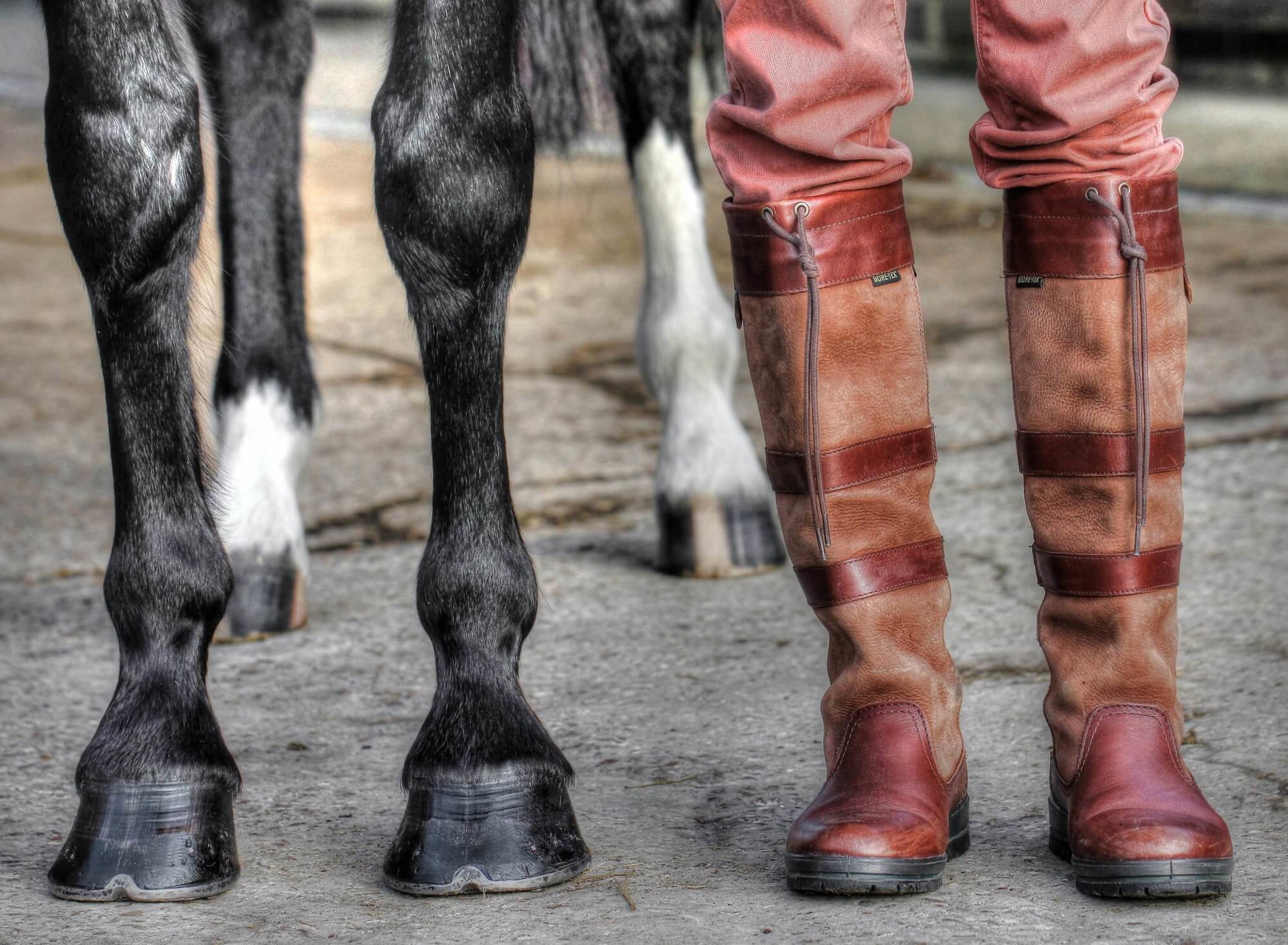Vetting - from a vets point of view
11 Jan 2022
Are you thinking of buying a new horse this year? we explain the vetting process from a vets perspective.
A pre-purchase examination, or “vetting”, is an examination carried out by a vet on behalf of the buyer of a horse. There are two different types of vettings, a two stage and a five stage; a two stage examination is also known as a limited pre-purchase examination. A limited examination may be all that is possible for young horses which are not yet broken to ride. The stages are as follows:
Clinical examination.
The horse is examined from head to toe, including conformation, eyes, heart, lungs, skin and incisor teeth. The microchip is read and the passport checked.
Trot up.
The horse is assessed at walk and trot in a straight line and flexion tests are performed. If there is a suitable area, the horse may also be lunged on both hard and soft surfaces.
Exercise (ridden or lunged).
The horse is ridden or lunged to raise their heart and breathing rate. The vet will listen for any abnormal respiratory noise and listen to the heart again immediately following exercise. The horse is returned to the stable for 10-15 minutes to allow them to recover. The vet will observe for any stable vices and monitor heart rate, sometimes they may choose to examine the eyes and teeth during this stage.
Second trot up.
The horse is trotted up again in the same manner as stage 2 to assess whether exercise has exacerbated a subtle lameness.
A blood sample is taken at the end of the vetting. This is stored for 6 months and can be tested for the presence of drugs, such as sedatives and pain relief, if any problems arise after the purchase of the horse.
Based on the findings of these stages, the vet decides whether the horse is suitable for purchase for the buyer. Contrary to popular belief, this is not a pass/fail situation and takes into account the horses intended use and temperament as well as their health. For example, a horse deemed unsuitable for use as a showjumper may be suitable as a hack. For this reason, vettings are not transferable between different individuals. The vet issues a certificate which states whether the horse is suitable and lists any findings.
A two stage vetting typically takes 45 minutes to an hour to complete, whereas a five stage may take 90 minutes to 2 hours.
It is important that the horse has been stabled for at least 4 hours before the examination and is clean and dry. There should be a level trot up area, somewhere to ride and/or lunge the horse and a dark stable (for examining eyes).
Vettings provide important peace of mind for anyone considering buying a new horse...

Vetting for insurance
Many insurance companies now request a minimum of a two stage vetting in order to insure a horse for vets fees. Depending on the value of the horse and the level of cover, they may request a five stage vetting and possibly x-rays. You should discuss your requirements with your intended insurance company before booking the vetting so that the correct examination is carried out.
If you already own a horse but wish to take out insurance cover for vets fees, a vet can examine your horse in the same manner as a vetting for the purposes of insurance. It is worth noting that any findings from the examination will be disclosed to your insurance company and they may choose to exclude a certain condition or body part from cover based on this information.